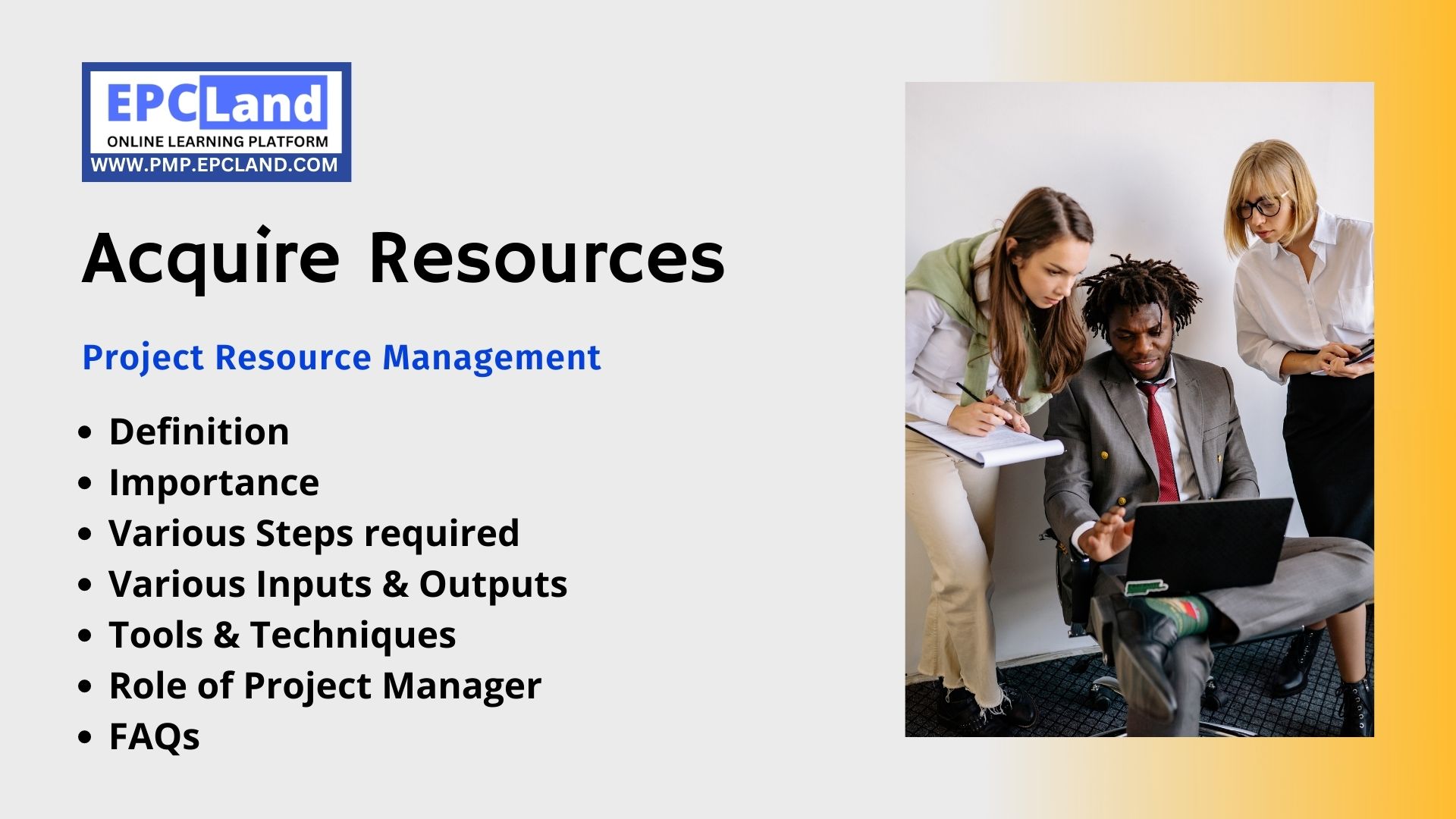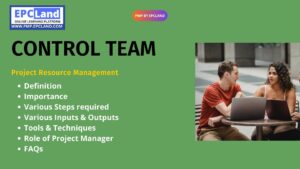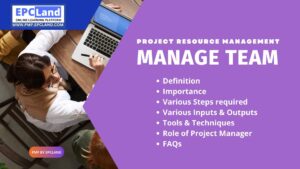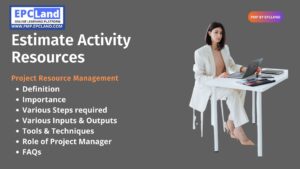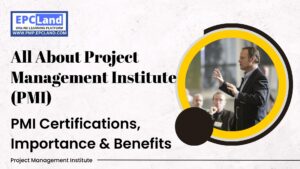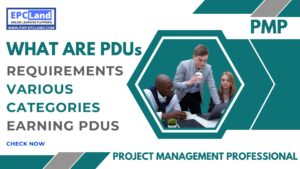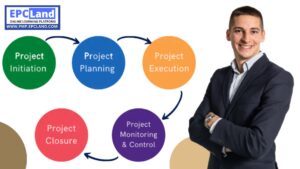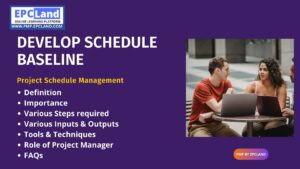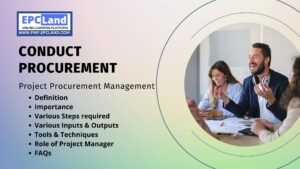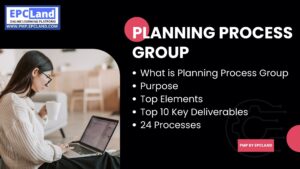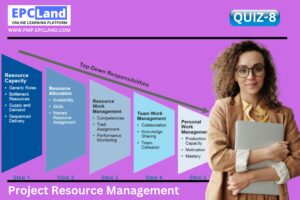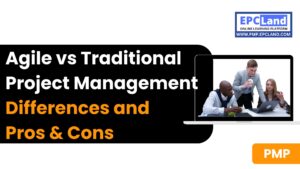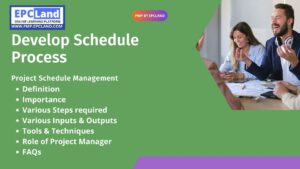Acquiring resources is a critical aspect of project management. The success of a project depends largely on how effectively the resources required are acquired and utilized. The challenge lies in finding the right balance between cost, quality, and timeline. A well-planned and executed resource acquisition strategy can make all the difference in achieving project success. In this guide, we will cover best practices and tips for acquiring resources in project management, including how to streamline the process and make it more efficient. Whether you’re a seasoned project manager or just starting out, this guide will provide valuable insights and information to help you optimize your resource acquisition efforts.
What is the Importance of “Acquire Resources” in Project Resource Management
“Acquire Resources” is important in project resource management for the following reasons:
- Determines Project Success: Effective resource acquisition is crucial for the success of a project as it ensures that the right resources are available when and where they are needed.
- Cost Control: Acquiring resources at the right price and quality is crucial to controlling project costs.
- Schedule Optimization: A well-planned resource acquisition strategy helps optimize project schedules by ensuring that resources are available when they are needed.
- Risk Mitigation: Acquiring resources from reliable and credible sources helps minimize project risk and ensure successful project delivery.
- Improved Resource Utilization: Effective resource acquisition enables better utilization of resources, leading to improved project outcomes.
Attempt Quiz-1 on Acquire Resources Process
What are the Various Steps required in “Acquire Resources” in Project Resource Management
The steps involved in acquiring resources in project resource management are:
- Resource Identification: Identify the type and quantity of resources needed for the project.
- Resource Planning: Develop a plan for acquiring resources, including the timeline, budget, and procurement process.
- Resource Sourcing: Identify and evaluate potential resource providers, including suppliers, vendors, contractors, and internal resources.
- Negotiations and Contracts: Negotiate terms and conditions with resource providers and establish contracts as necessary.
- Resource Acquisition: Acquire the resources as per the plan, including purchasing or procuring resources, hiring personnel, or leasing equipment.
- Resource Allocation: Assign resources to specific tasks and activities in the project plan.
- Resource Monitoring: Continuously monitor resource utilization and adjust the resource acquisition plan as needed to ensure the availability of resources throughout the project lifecycle.
What are various Tools & Techniques used for “Acquire Resources” in Project Resource Management
The tools and techniques used for acquiring resources in project resource management are:
- Resource Breakdown Structure (RBS): A hierarchical representation of the resources required for a project.
- Resource Availability Analysis: An analysis of the availability of internal and external resources and their suitability for the project.
- Procurement Management Plan: A plan outlining the procurement process, including the type of contracts, procurement methods, and procurement risk management strategies.
- Request for Proposal (RFP): A formal document used to request bids or proposals from potential resource providers.
- Bid Evaluation: An evaluation of bids received from potential resource providers to determine the best fit for the project.
- Contract Negotiations: Negotiating terms and conditions with resource providers, including delivery schedules, performance standards, and payment terms.
- Resource Histograms: A graphical representation of resource utilization over time, used to identify resource constraints and potential over-allocation.
- Resource Allocation Matrix: A matrix used to allocate resources to specific tasks and activities in the project plan.
What are various Inputs required for “Acquire Resources” in Project Resource Management
The inputs required for acquiring resources in project resource management are:
- Project Charter: Provides an overview of the project, including the project scope, goals, and objectives.
- Resource Breakdown Structure (RBS): A hierarchical representation of the resources required for a project.
- Project Schedule: Outlines the timeline and sequence of activities for the project.
- Cost Baseline: A representation of the project budget and cost estimates.
- Risk Register: A list of potential project risks, including resource risks, and mitigation strategies.
- Stakeholder Register: A list of stakeholders, their roles and responsibilities, and their impact on the project.
- Resource Calendars: A representation of the availability of internal and external resources.
- Procurement Management Plan: A plan outlining the procurement process, including the type of contracts, procurement methods, and procurement risk management strategies.
- Performance Reports: Reports on the performance of the project and the resources utilized, used to continuously monitor and adjust the resource acquisition plan.
What are various Outputs required for “Acquire Resources” in Project Resource Management
The outputs of the “Acquire Resources” process in project resource management are:
- Resource Acquisition Plan: A plan outlining the methods, schedules, and budgets for acquiring the resources required for the project.
- Procurement Management Plan: An updated procurement management plan, outlining the procurement process, including the type of contracts, procurement methods, and procurement risk management strategies.
- Resource Assignment: Resources assigned to specific tasks and activities in the project plan.
- Resource Contracts: Contracts established with resource providers, including delivery schedules, performance standards, and payment terms.
- Approved Change Requests: Changes to the project plan, including changes to resource requirements, as a result of the resource acquisition process.
- Resource Status Report: A report on the status of the resources acquired, including utilization, availability, and performance.
What is the Role of the Project Manager in “Acquire Resources” in Project Resource Management
The role of a project manager in the “Acquire Resources” process in project resource management is to lead and manage the resource acquisition process, ensuring that the right resources are acquired in a timely and cost-effective manner. The project manager’s specific responsibilities include:
- Developing the Resource Acquisition Plan: Working with the project team to determine the resources required, and outlining the methods, schedules, and budgets for acquiring these resources.
- Procurement Planning: Planning and executing the procurement process, including preparing procurement documentation, evaluating bids, and negotiating contracts.
- Resource Assignment: Assigning resources to specific tasks and activities in the project plan, ensuring the right resources are in place to support project success.
- Resource Monitoring and Control: Continuously monitoring and controlling resource utilization, availability, and performance, and making adjustments as needed.
- Risk Management: Identifying and managing resource-related risks, including procurement risks, resource availability risks, and performance risks.
- Stakeholder Management: Engaging with stakeholders, including resource providers and internal stakeholders, to ensure that the resource acquisition process is aligned with project goals and objectives.
Attempt Quiz-2 on Acquire Resources Process
Final Take Away on “Acquire Resources” in Project Resource Management
Acquiring resources is a crucial step in project resource management. It involves identifying and acquiring the necessary resources to support project activities, including personnel, equipment, and materials. The project manager plays a key role in this process, leading procurement planning, resource assignment, and resource monitoring and control. Effective resource acquisition enables project success by ensuring the right resources are in place, on time and within budget, supporting the delivery of the project to required quality standards. Effective resource management helps organizations optimize resource utilization, reduce costs, and improve project outcomes.
FAQs on “Acquire Resources” in Project Resource Management
What is the “Acquire Resources” process in project resource management?
- The “Acquire Resources” process involves identifying and acquiring the necessary resources, including personnel, equipment, and materials, to support project activities.
What are the inputs required for “Acquire Resources”?
- The inputs for “Acquire Resources” process include the project charter, project scope statement, project schedule, resource calendars, procurement documentation, and risk register.
What are the steps involved in “Acquire Resources”?
- The steps involved in “Acquire Resources” process are procurement planning, conducting procurement, selecting sellers, administering contracts, and closing procurement.
What is the role of the project manager in “Acquire Resources”?
- The project manager is responsible for leading the resource acquisition process, including procurement planning, resource assignment, and resource monitoring and control.
What are the tools and techniques used for “Acquire Resources”?
- The tools and techniques used for “Acquire Resources” process include procurement documents, seller proposals, make-or-buy analysis, independent estimates, and expert judgment.
What are the outputs of “Acquire Resources”?
- The outputs of the “Acquire Resources” process include the resource acquisition plan, procurement management plan, resource assignment, resource contracts, approved change requests, and resource status report.
What is the significance of “Acquire Resources” in project resource management?
- “Acquire Resources” is important in project resource management as it ensures the right resources are in place, on time and within budget, to support project activities and contribute to project success.
